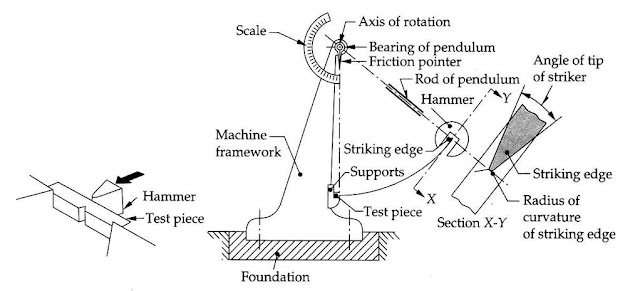Most commonly asked Mechanical Interview Questions 1. What is the difference between Critical Speed and Whirling Speed? Ans. In Solid mechanics, in the field of rotor dynamics, the critical speed is the theoretical angular velocity which excites the natural frequency of a rotating object, such as a shaft, propeller or gear. As the speed of rotation approaches the objects natural frequency, the object begins to resonate which dramatically increases system vibration. The resulting resonance occurs regardless of orientation.Whirling Speed is due to the unbalanced forces acting on a rotating shaft. 2. How a Diesel Engine Works as Generator? Ans. Diesel engine is a prime mover, for a generator, pump,and for vehicles etc. generator is connected to engine by shaft. mostly in thermal power plat ,there is an engine is used to drive generator to generate power. 3. Explain Second Law of Thermodynamics? Ans. The entropy of the universe increases over tim...

